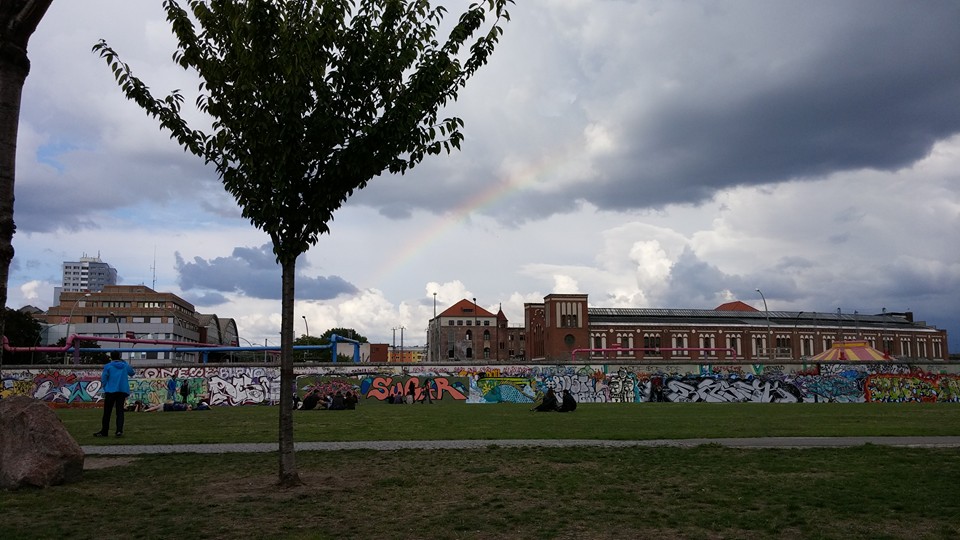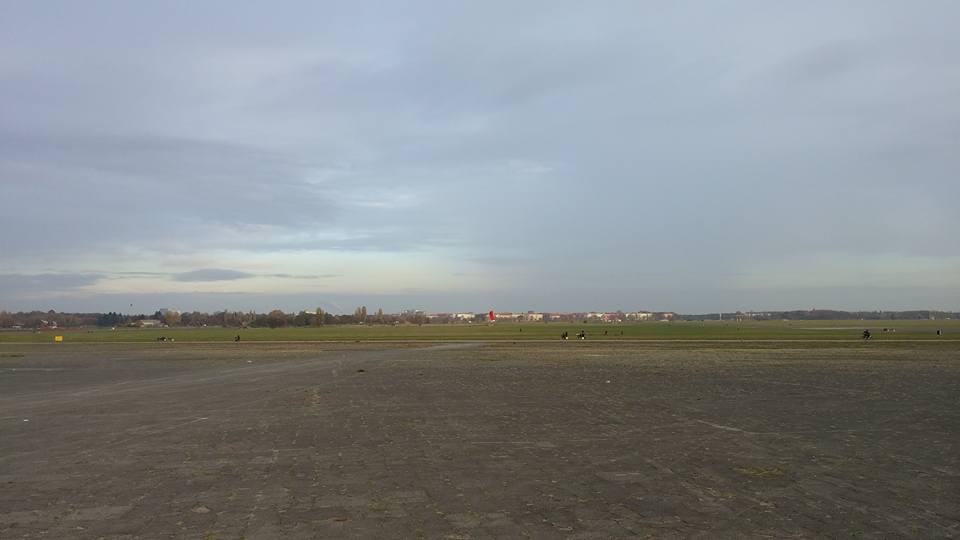As you all can see, it has been nearly three years since I have touched this blog. At the time, I was still a student at Cooper Union, getting ready to have my senior thesis show and graduate.
Things have certainly evolved a lot in the last three years. I went through a couple of web design jobs before deciding to start my own independent design consultancy. I realized I enjoy designing devices that enrich people’s lives just as much as I love creating experimental objects that do bizarre things, and thus made the transition over from web designer to product designer. I’ve had my art featured in a number of exhibits and shows, and put together several solo ones. I joined NYCResistor, a hacker space in Brooklyn. I’ve been continuing to make interactive art, and gotten back into drawing comics. I developed a prototype for a toy invention, Distance Dolls. I’ve had my art and design work take me to a number of places, including Cedar Rapids, Cleveland, Amsterdam, and Berlin. Most recently, I completed my first artist residency, Takt, in Berlin, Germany.

Coming to Berlin to stay for Takt helped me move on to a step of my life I have been wanting to take for years: living abroad. Why living abroad, you may ask?
I have lived in New York City all my life, and I have been dying to leave ever since I was 18. Not because I hate the city—New York will always be my home. It’s because I am a collector of new experiences. I figured, how much can you really know about yourself or the world around you if you’ve spent your entire life in the same place? This feeds directly into my philosophy about design.
When you design for users, you have to step into their shoes. You must make their needs your utmost priority. As my dear friend and mentor Pete Dutro loves to say, “Forget your personal dream.” Like many artists, I am prone to bouts of navel gazing, which is a trait I am trying to tone down. It may be beneficial for art at times, but it is a terrible quality for a designer to have.
I’ve spent my life living in a bubble of bodegas, gentrification, soaring rents, neuroses, kvetching, the subway, and bagels. My friends and I are a pack of junior Woody Allens and Jerry Seinfelds. Yes, even my non-Jewish friends. As a user experience designer, I want to see outside my bubble as much as possible, and understand other people’s mindsets as much as I can. Traveling, experiencing other cultures, learning other languages, and talking to as many different kinds of people as you can are all good ways of accomplishing those things.

Now, why Berlin? It was an easy choice. If my life were an annotated map of the world, there would be about twenty arrows on it, all pointing in the direction of Berlin. Berlin has amazing opportunities for artists, designers and developers. It is the motherland of hacker spaces. I already had a few connections in Berlin through NYCResistor. When I applied to artist residencies in 2014, the only one that accepted me was in Berlin. Berlin has a better tech startup scene than most cities in Europe, and English is one of the working languages at many of them, which makes it easier for foreign product designers like me to find work.
That’s not to say I have no desire to learn the language, which brings me to another reason why I chose Berlin—German is an immensely useful language to know. It is the official language of many countries in Europe. I would rather spend my time learning German than a language such as Dutch, Hungarian or Czech, which you can pretty much only speak in one country. Germany is also located in the center of Europe, which makes it convenient to visit other places. I’ve got Paris, London and Amsterdam to the west; Prague, Budapest and Krakow to the east; Copenhagen, Malmo and Oslo to the north; Rome, Zurich, Vienna, Florence, and Venice to the south…
Berlin is also very, very, very cheap. This is why thousands of artists flock to Berlin in pursuit of the bohemian life. You can live here comfortably on less than €20,000 a year if you want.
There is one more crucial reason why I chose Berlin, and that is the artist/freelancer’s visa. For some reason, Germany is the only country in all of Europe that has a visa like this. If you are an artist and/or freelancer, you can get a special visa that lets you work here for anywhere between one to three years. I discovered this years ago, when I was poring through blog entries about how to legally stay in the Schengen Zone for more than three months. No matter what, they all seemed to say the same thing, that obtaining a visa to live in Europe is difficult. However, the German freelance visa process is pretty straightforward. You have to show proof that you’re a competent professional in your field, making income, and this comes in the form of bank statements, a CV, a portfolio, contracts from your clients, and other things. I will get into more detail on all this with another blog post.

So, after nearly three years of wanting this, I am finally here…in Berlin. Getting here hasn’t been easy, and staying here has also been challenging. I have been hustling to look for new clients, trying not to worry about what will happen in a few months if I don’t find work, and dealing with the visa application process. I went in for my appointment a week ago and was told to come back in April with some additional documents, so I still don’t have the visa yet.
But hey, nobody said freelancing and being an artist in a foreign country would be easy. If it were, we would all be doing it. If I’m running into challenges, it’s not because I’m bad at this. It’s because this shit is…well, challenging as fuck.
This is an important lesson to keep in mind. For all you struggling artists, designers, freelancers, and expats: if you’re not getting as much success as you want, it’s not necessarily because you aren’t good at what you do. It’s because all these things are difficult. If they were easier to achieve, everyone would be doing them, not sitting in an office from 9am to 5pm. Keep this in mind next time you’re about to have a meltdown about why things aren’t going the way you’d hoped.
As my mentor Pete once said to me, chuckling with a quizzical expression on his face, “And you thought this would be EASY?”

